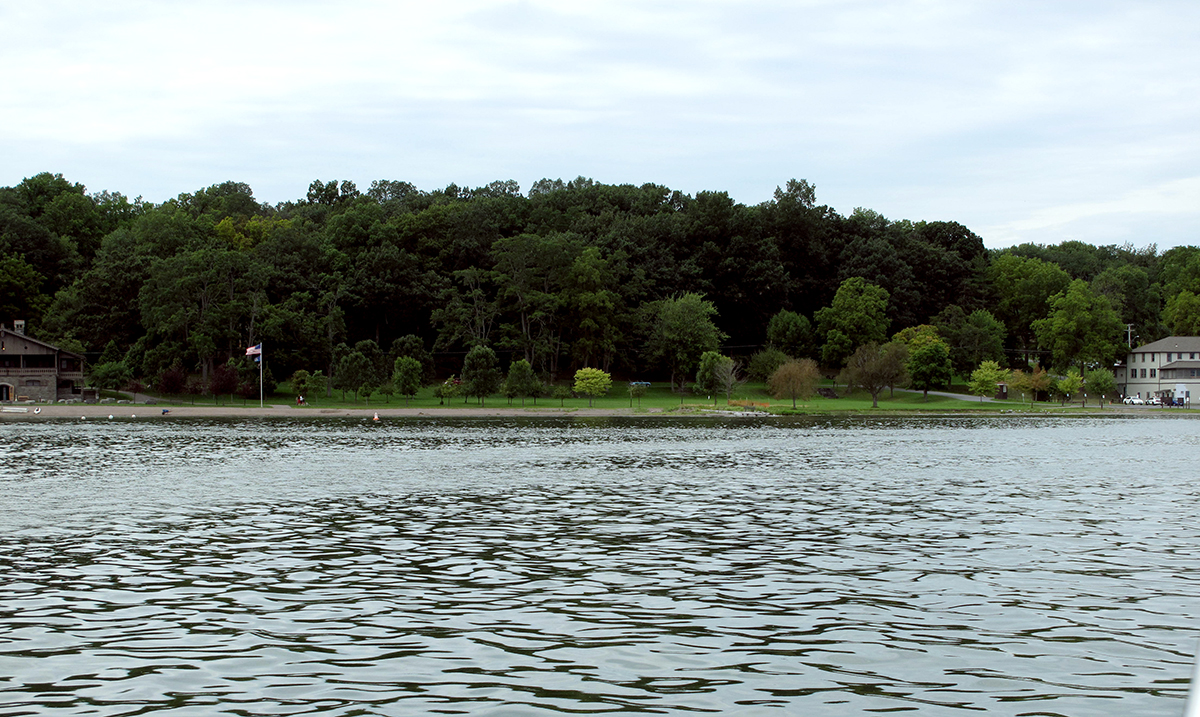Recent Headlines

ESF Researchers are monitoring water quality in Cayuga lake, the second largest of the glacial finger lakes.
Researchers Perform Critical Water Quality Investigations on Cayuga Lake
The Cayuga Lake Watershed Network recently received support from the Fred L. Emerson Foundation and Seneca Meadows, Inc. to continue critical water quality monitoring in tributaries of the northern Cayuga Lake watershed.
The funding also provided the opportunity to collaborate with Drs. Hyatt Green and Michael Schummer of the SUNY College of Environmental Science and Forestry (ESF) to conduct novel microbial source-tracking.
"The missing piece in improving water quality has been microbial source tracking, which provides a powerful tool to determine potential sources of nutrients entering the lake," said Schummer." The team aims to determine the precise sources of nutrient-loading to the lake, that can lead to harmful algal blooms, by using specific bacteria as tracers.
"We have some idea what tributaries contribute high levels of nutrients," said Green "but the next question is what to do about it because preventing agricultural runoff is very different from preventing leaky septic tanks."
Microbial source-tracking will enable the team to determine if bacteria associated with nutrient events primarily comes from humans, manure, or wildlife; important information for understanding how to preserve the pristine Finger Lakes waters for all users.